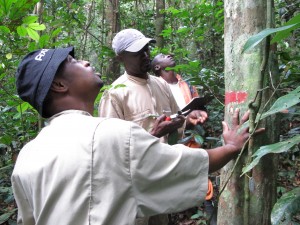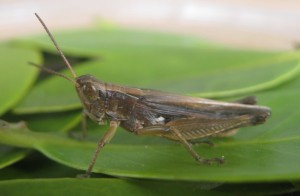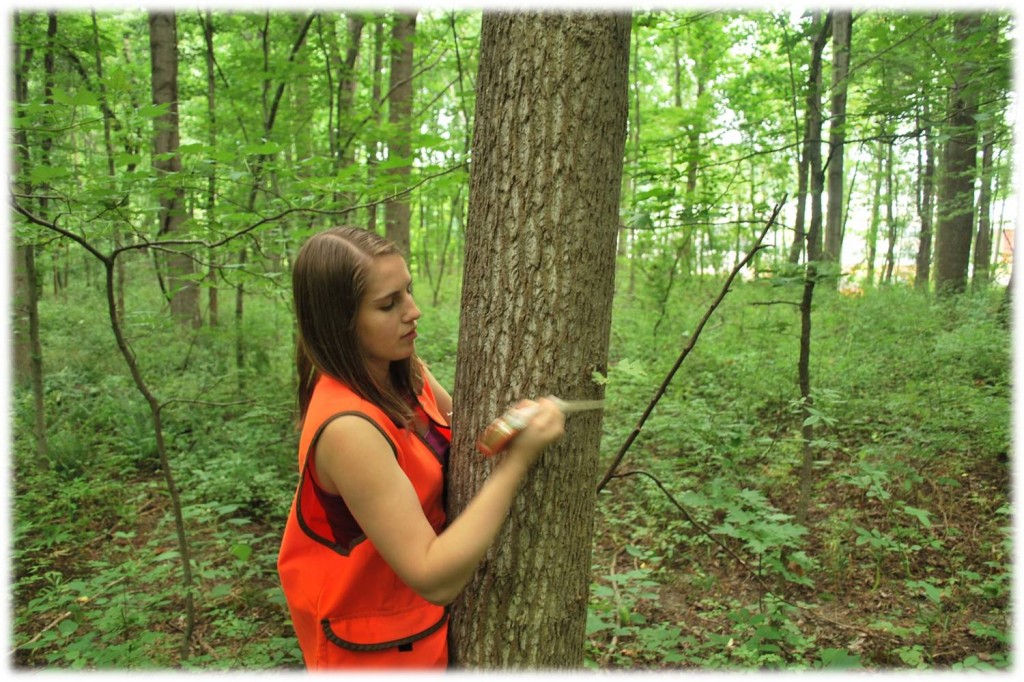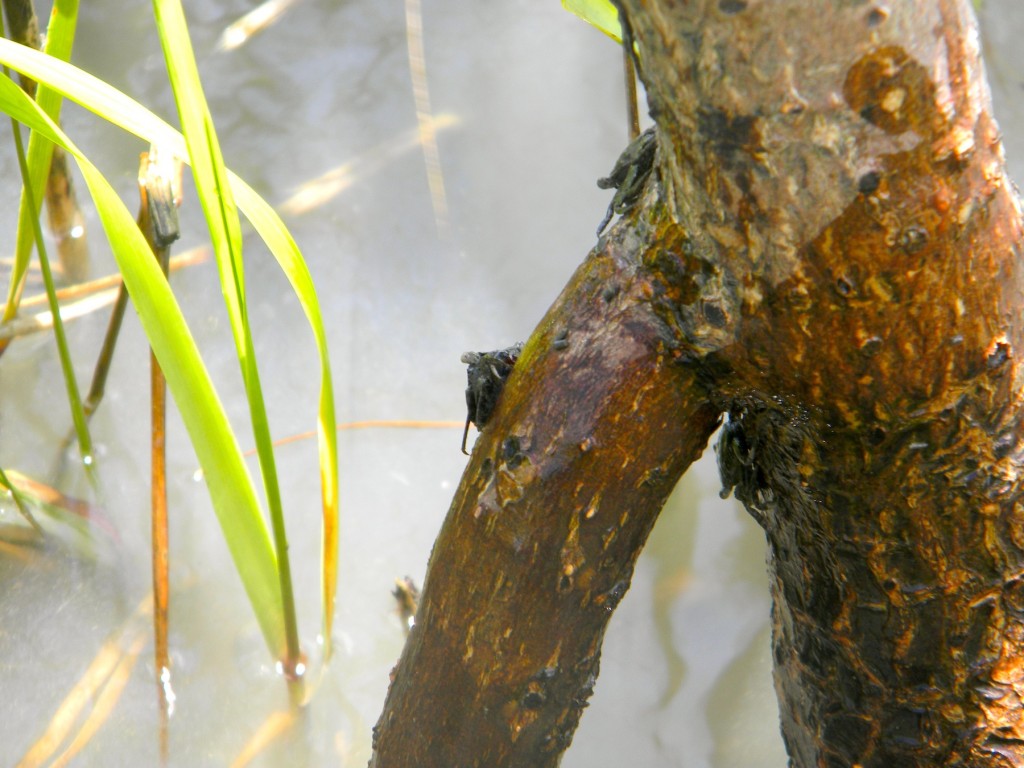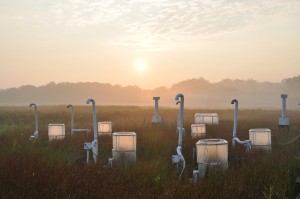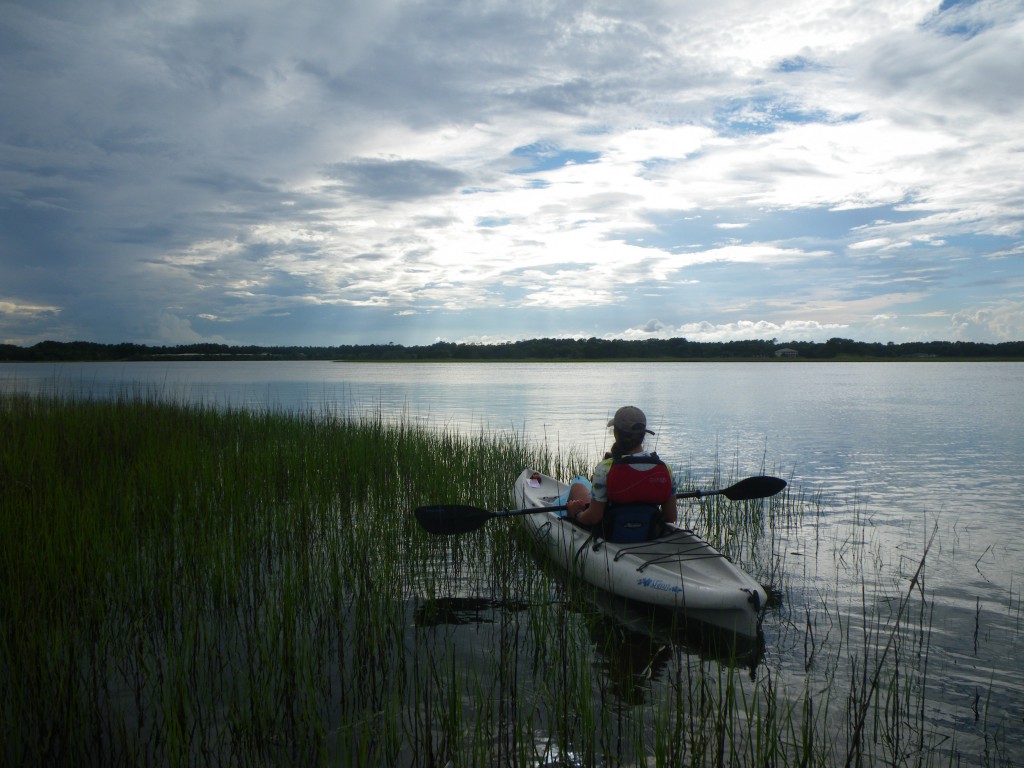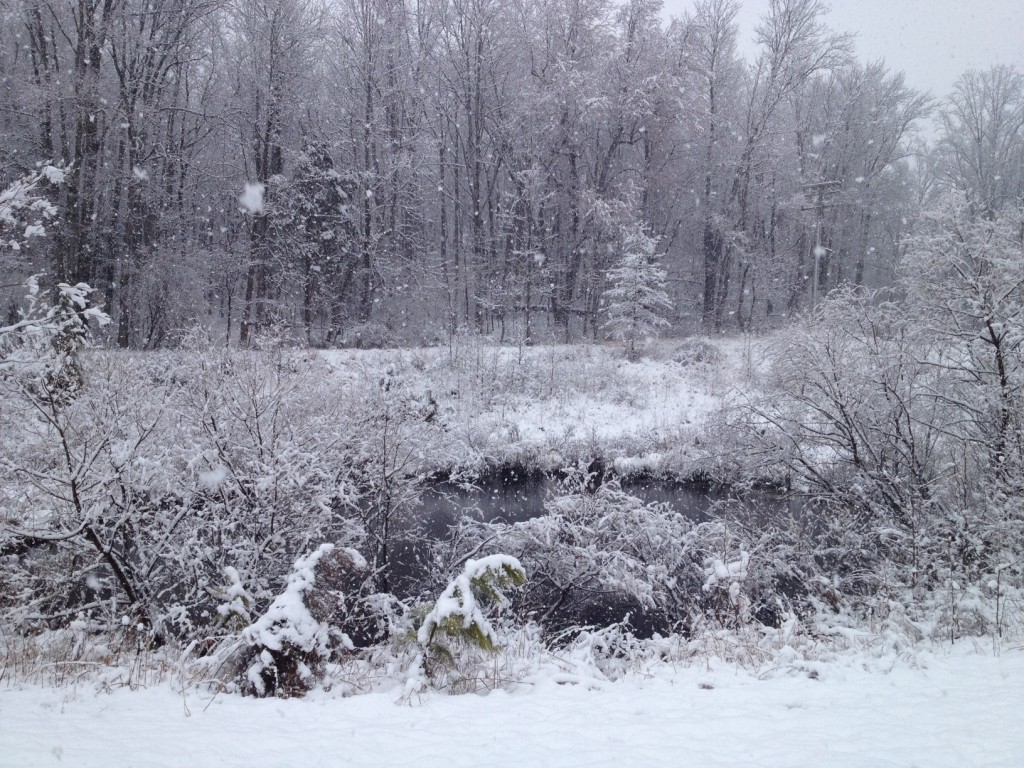by Kristen Minogue
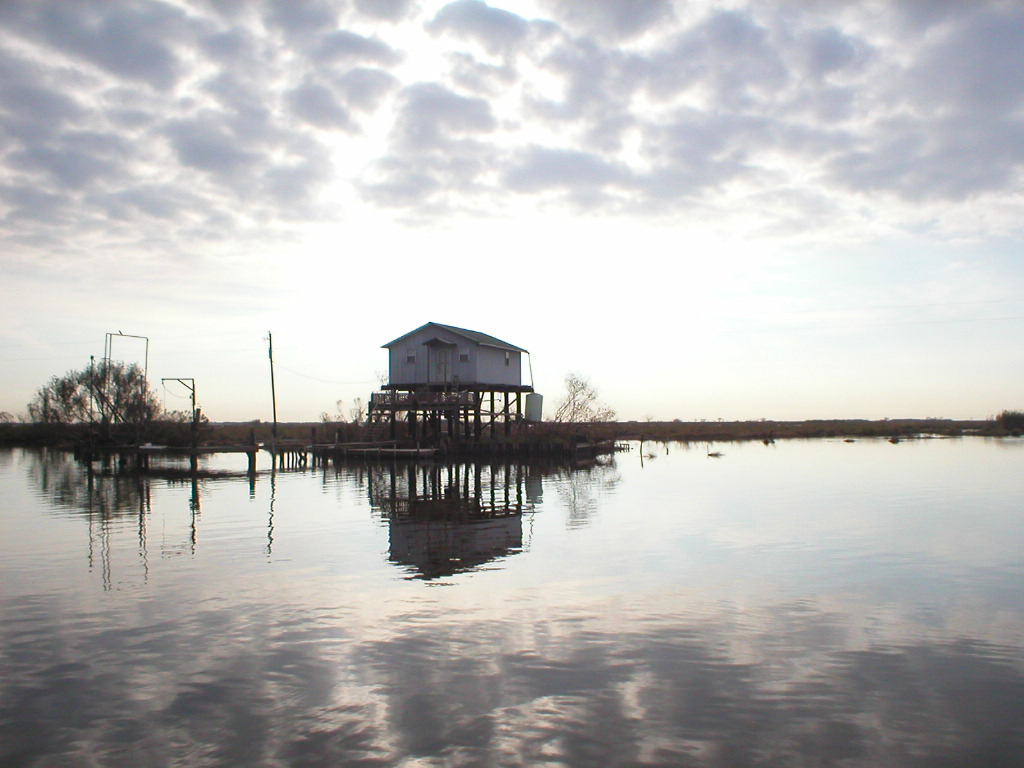
Fishing camp along Falgout Canal Bayou, La., where marsh has submerged into open water and remains mostly on canal leaves. (Matt Kirwin/VIMS)
Left to themselves, coastal wetlands can adapt to sea-level rise. But humans could be sabotaging some of their best defenses, according to a review paper from the Smithsonian Environmental Research Center and the Virginia Institute of Marine Science to be published Thursday, Dec. 5, in Nature.
The threat of disappearing coastlines has alerted many to the dangers of climate change. Wetlands in particular—with their ability to buffer coastal cities from floods and storms, and filter out pollution—offer protections that could be lost in the future. But, say co-authors Matt Kirwan and Patrick Megonigal, higher waters are not the key factor in wetland demise. Thanks to an intricate system of ecosystem feedbacks, wetlands are remarkably good at building up soil to outpace sea-level rise. But this ability has limits. The real issue, the scientists say, is that human structures such as dams and seawalls are disrupting the natural mechanisms that have allowed coastal marshes to survive rising seas since at least the end of the last ice age.


